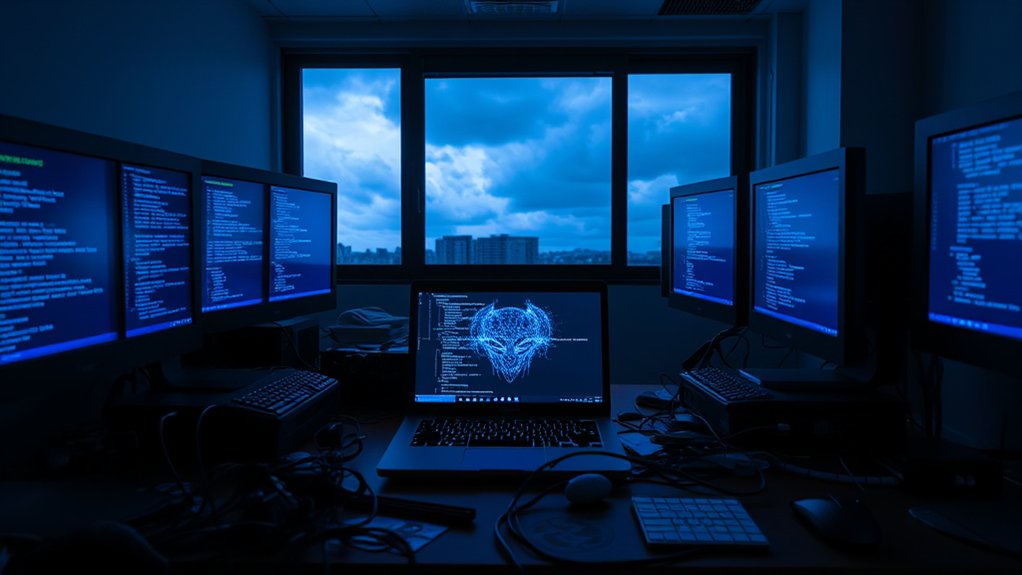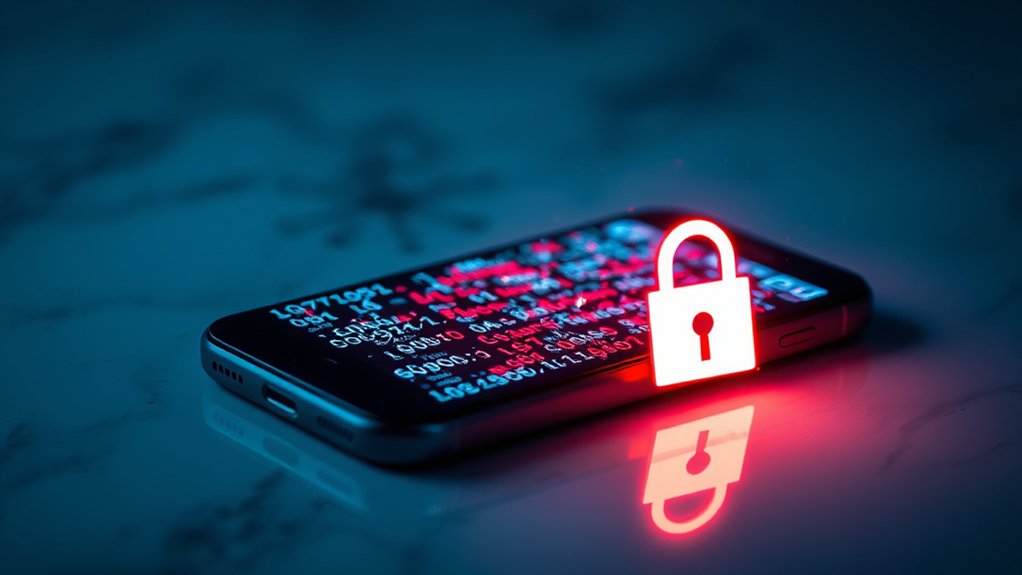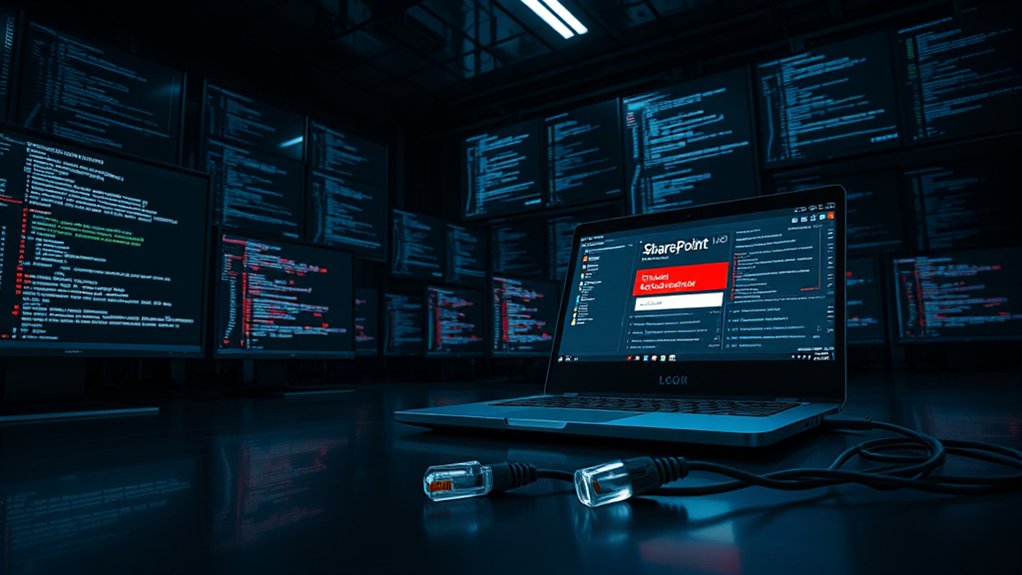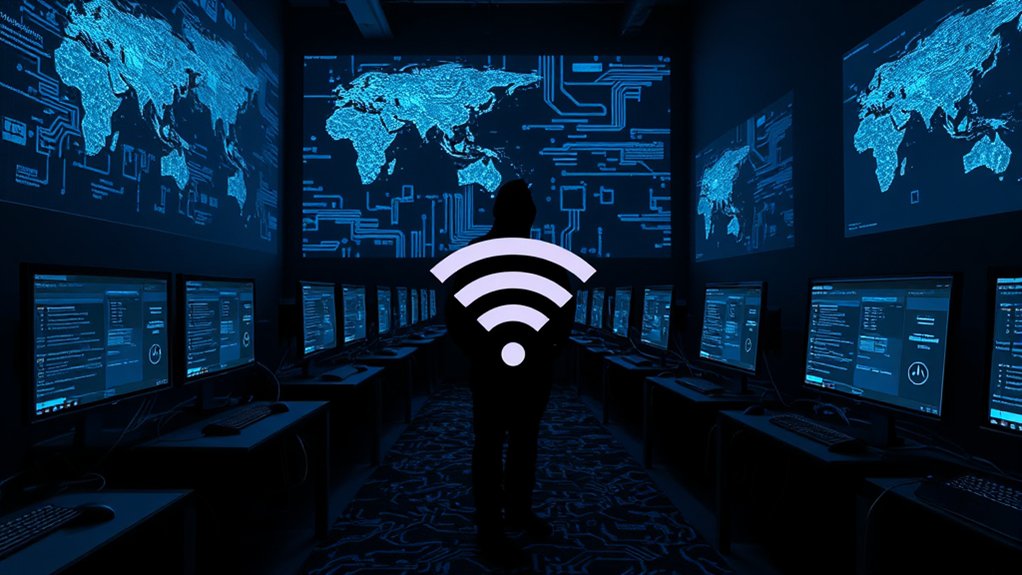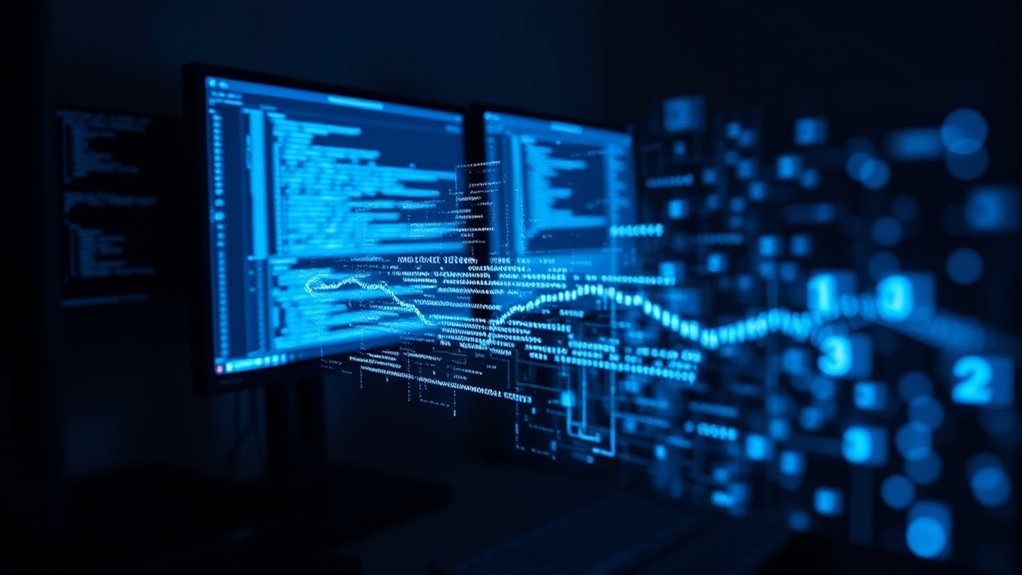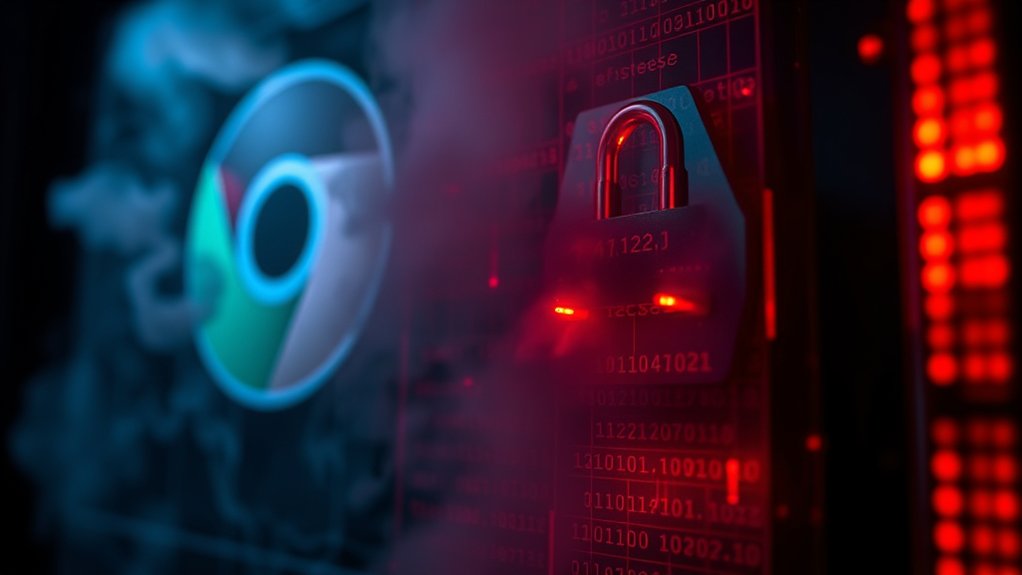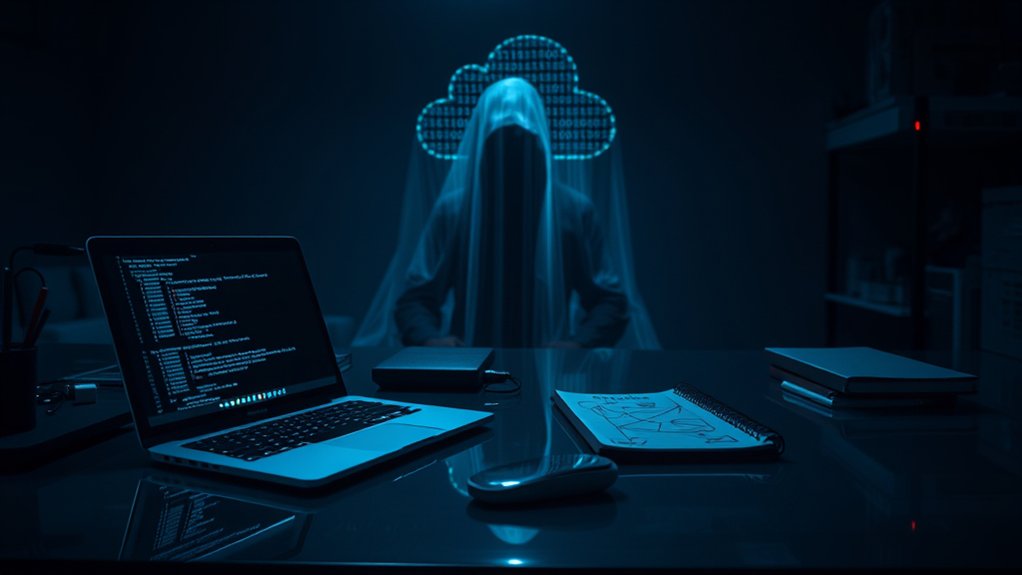As cyber threats evolve, Microsoft Teams has increasingly become a target for cybercriminals seeking to exploit its communication capabilities. Recent reports indicate a significant rise in phishing attacks that particularly utilize Teams, utilizing the platform’s features alongside Remote Monitoring and Management (RMM) tools such as Quick Assist and TeamViewer. This surge has coincided with a broader increase in cyberattacks globally, with Microsoft customers facing an astounding 600 million attacks each day from both cybercriminal organizations and nation-state actors. Remarkably, the sheer volume of 600 million cyberattacks occurring daily highlights the urgency for businesses to bolster their cybersecurity measures.
Among the recognized threat actors, the Black Basta group has escalated their methods, employing social engineering tactics to effectively impersonate users and service desk support personnel. Such strategies capitalize on the inherent trust built within communication platforms, making it vital for organizations to monitor for unusual usage patterns. Remarkably, attack detection should encompass an analysis of RMM tools, remote access activities, and access from anomalous locations. Key red flags include unusual usage of Quick Assist and monitoring remote access tools to ensure early detection of potential breaches. Implementing real-time protection through free antivirus solutions like TotalAV can provide an additional layer of defense against emerging threats.
The Black Basta group exploits trust in communication platforms, making vigilance against unusual usage patterns essential for security.
Additionally, the malware environment has expanded, with groups implementing advanced tools to conduct attacks. For instance, entities utilize platforms like ngrok and AADInternals to facilitate unauthorized access and coordinate data breaches effectively. This evolution highlights the significant need for industries to understand that these phishing attacks are symptomatic of a larger cyber threat environment that transcends particular platforms, affecting a myriad of sectors.
In response, experts advocate for the implementation of stronger security measures. For instance, the adoption of phishing-resistant multifactor authentication (MFA) is strongly recommended as a means to mitigate inherent risks. Alongside this, organizations are encouraged to improve their digital defenses through diligent vulnerability management and proactive community engagement with security researchers.
The implication of these cyber threats on businesses cannot be understated. As companies navigate through an unprecedented number of attacks daily, the collaboration across industries becomes key for counteracting the rising tide of cyber threats and protecting sensitive communication channels such as Microsoft Teams.
